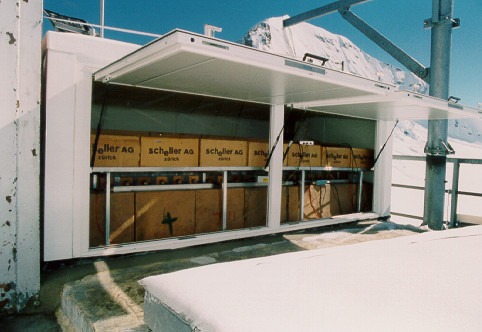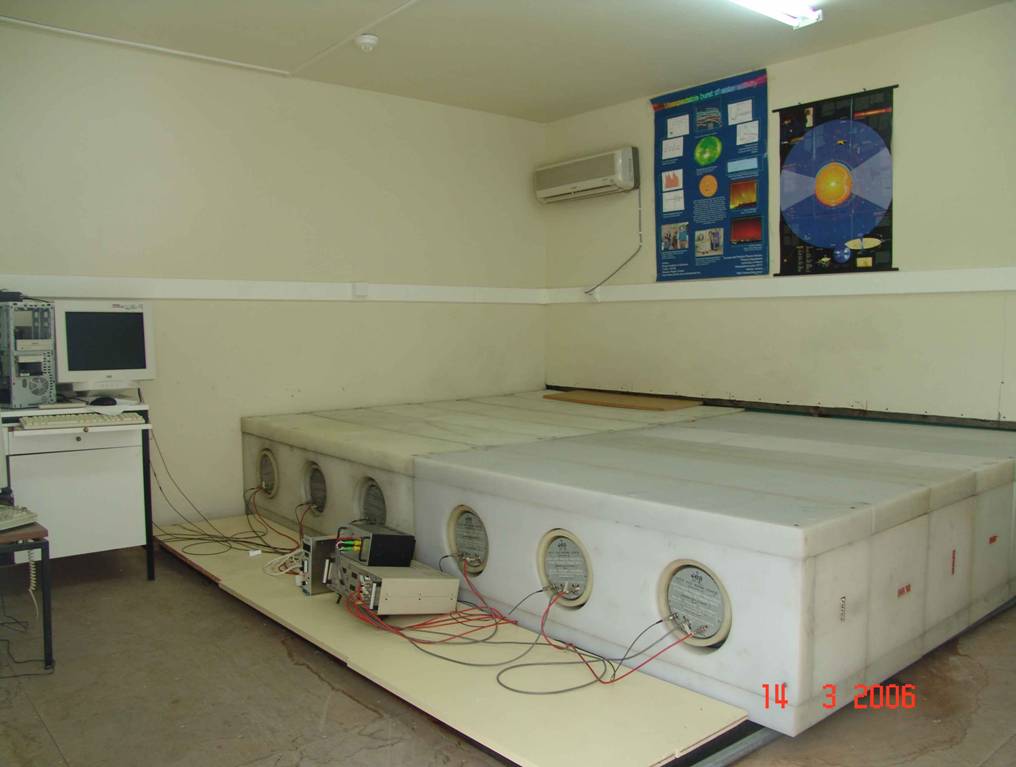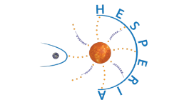The worldwide network of standardized neutron monitors (NMs) was developed in the fifties of the last century to examine temporal and spatial variations in our space environment. Despite its age NMs are still the state-of-the-art instrumentation for measuring cosmic rays in the energy range above 500 MeV from the Sun and the low-energy component of cosmic rays from elsewhere in the Universe.

The ensemble of NMs together with the geomagnetic field acts as a giant spectrometer that enables the determination of the spectral variations of the galactic cosmic rays near Earth and characteristics of GLEs in the energy range from ∼500 MeV to ∼15 GeV. Therefore the worldwide network, which presently consists of about 50 standardized NMs (IGY and NM64), ideally complements cosmic ray observations in space.


Since 2009 the measurements of most NM stations are available under the NM Data Base (NMDB). The detector of a NM is described in more details e.g. here.

 hesperia [dot] info [at] hesperia-space [dot] eu
hesperia [dot] info [at] hesperia-space [dot] eu










